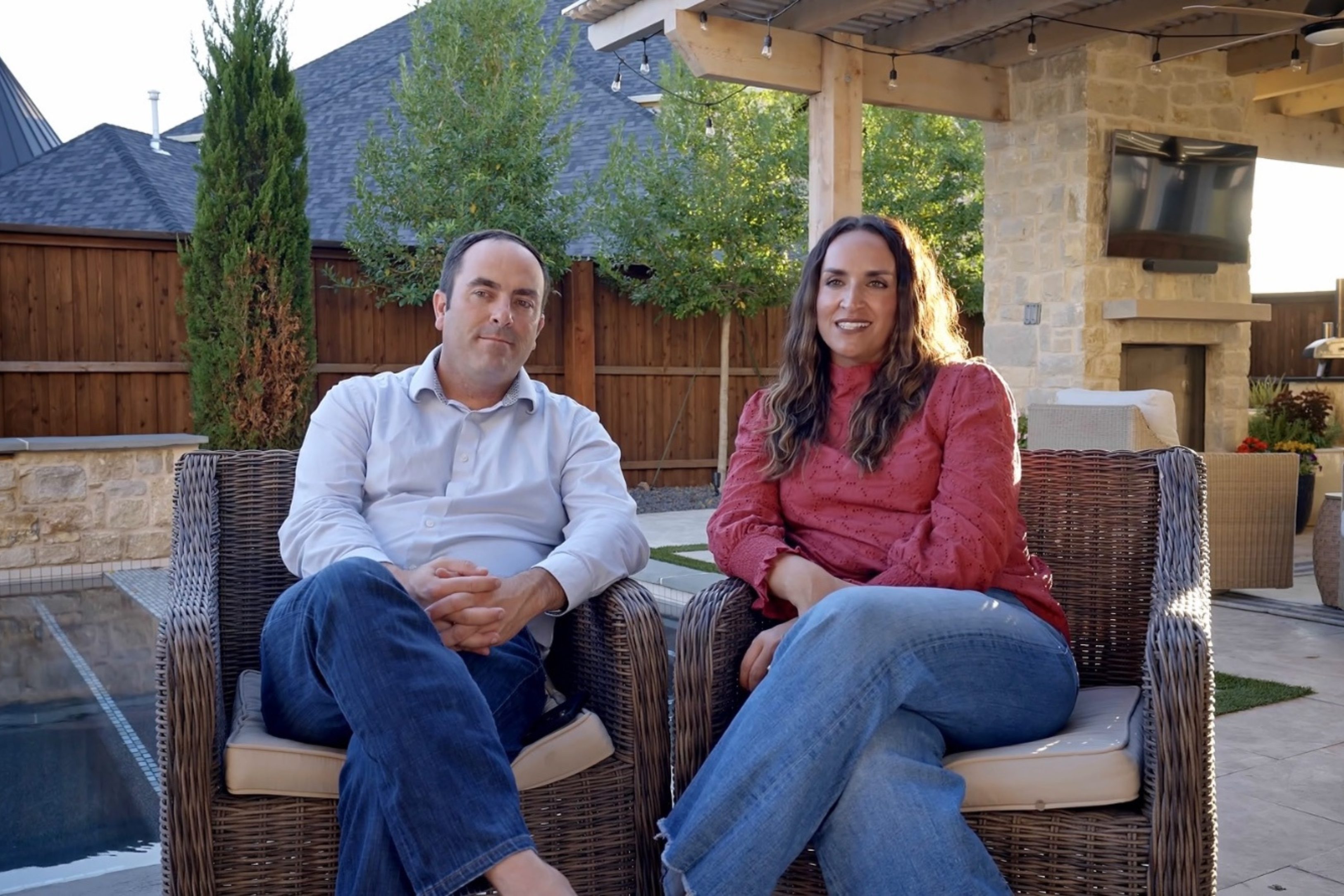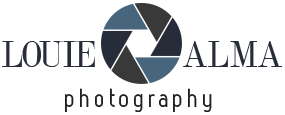Dunelm’s sell-out wave rug is finally back in stock – it has already taken over some of the most stylish floors on Instagram
It combines not one, but two of this year’s biggest trends

In today’s competitive market, trust and credibility are crucial for any business looking to stand out. Sometimes, building that trust can be particularly challenging due to the high stakes and significant investments involved, especially for architecture, home building, or interior design businesses. One of the most effective ways to establish credibility in the built industry, and foster trust with potential clients is through testimonial videos. These powerful tools can transform how your business is perceived and significantly impact your bottom line. Here’s why testimonial videos are essential for businesses.
Potential clients are more likely to trust the word of someone who has already benefited from your services than they are to trust your own marketing materials. Testimonial videos provide a platform for your satisfied clients to share their positive experiences in their own words. This third-party endorsement can be incredibly persuasive, helping to build trust and credibility with new prospects. At Sharp Frame Media we specialize in crafting compelling testimonial videos that build trust and tell your story effectively.
A well-crafted testimonial video does more than just tell a story; it shows results. By featuring real clients discussing specific outcomes and benefits they’ve experienced, you can provide tangible proof of your business’s effectiveness. This visual and emotional representation of success can be far more compelling than written testimonials

In a digital world, businesses can sometimes feel faceless and impersonal. Testimonial videos help to humanize your brand by putting real faces and voices to your success stories. They show that your business genuinely cares about its clients and values their feedback. This personal touch can create a stronger connection with potential clients and make your business more relatable. At Sharp Frame Media we know how to capture the essence of your clients’ stories to create compelling testimonial videos.
In a crowded marketplace, differentiation is key. Testimonial videos set your business apart by showcasing real, positive experiences from your clients. They provide unique, authentic content that highlights your strengths and the specific benefits of working with your company. This can give you a competitive edge and make your business more memorable to potential clients.

Testimonial videos can significantly impact your conversion rates. Studies have shown that people are more likely to purchase a product or service after watching a testimonial video. By addressing potential clients’ concerns and demonstrating your value through the experiences of others, you can guide them through the decision-making process and encourage them to take action.
Testimonial videos are a powerful tool for businesses looking to build trust, showcase results, and differentiate themselves in a competitive market. By leveraging the authentic voices of your satisfied clients, you can create compelling content that enhances your marketing efforts and drives conversions.
Ready to harness the power of testimonial videos for your business? Get in touch with Sharp Frame Media‘s team today, to learn how we can help you create impactful testimonial videos that elevate your brand.
For more information on our services and to explore our portfolio, visit SharpFrameMedia.com to learn more about our Commercial Photography and Videography services in the DFW area!
Here are other related topics that might interest you:
Sharp Frame Media is a 5-star rated real estate media agency servicing Dallas-Fort Worth, San Antonio and surrounding cities in Texas. Founded in 2017 on the values of craftsmanship, service, and partnership. As a veteran-owned company, our mission is driven by our commitment to unmatched service.
Want to Learn More About Sharp Frame Media?
The post The Power of Testimonial Videos: Why Businesses Need Them appeared first on Real Estate Photography in Dallas-Fort Worth.
